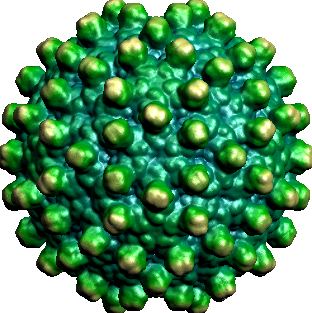Team:Wageningen UR/ModifyingtheHepatitisB
From 2012.igem.org
Contents |
Hepatitis B and the Hepatitis B core Antigen VLP
Introduction
The hepatitis B virus is a widespread virus causing liver infection. About 1% of the population in Western-Europe and Northern America is infected, and up to 5% in less developed countries (http://www.who.int/mediacentre/factsheets/fs204/en/). The virus can be spread by blood-to-blood contact or as std. This is the reason why we do not use full viruses, but the empty shells only. This prevents the transmission.
The VLP
The empty shell, or Virus-Like Particle, is formed by the Hepatitis B core Antigen (HepBcAg). The VLP has already been used for the vaccination against Hepatitis B itself, back in 1980 (http://www.sciencedirect.com/science/article/pii/S0034528811004437, Virus-like particles: potential veterinary vaccine immunogens ) Afterwards, the Hepatitis B VLP has been modified and suggested to be used as carrier for epitopes of other pathogens. In this project, we will try to make the attachments of epitopes or ligands even more convenient. The external loop of the Hepatitis B core antigen can be modified, attaching the k-coil to the VLP. Using the PnA System, a wide variety of antigens and ligands can be attached. The inside of the VLP can be modified in a similar way, allowing controlled packaging of proteins inside the VLP.
Methods
The template of the coat protein for the Hepatitis B core antigen was supplied by the John Innes centre, in a plasmid usually used for the expression of this protein in plants. We used primers that already included the prefix and suffix of Standard 10, so that after amplification, the gene can be directly ligated in a pSB1C3 backbone. Or, as we did, combined with an inducible promotor and RBS. In order to make the modified VLPs, we designed primers with an over hang containing the modifications. A detailed description of the primers and the modifications can be found in the Journal.
 "
"











